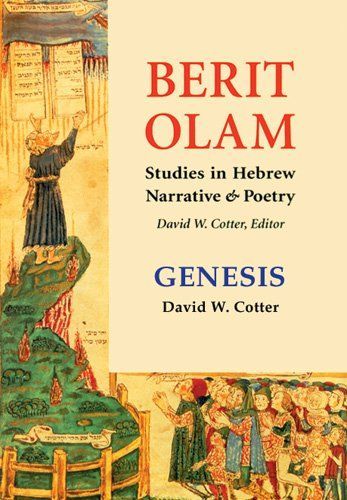
Berit Olam: Genesis
The central thesis underlying this study of Genesis is that the God who is revealed as a character in Genesis is always a savior. In Genesis, David Cotter, OSB, helps readers discern a structure in the book whereby the least and the weakest are the object of God's saving help. Genesis begins with an introduction to the methodology that is used throughout the book. The introductory essay deals with the theory of Hebrew narrative and the challenges posed to biblical exegesis by contemporary literary theory. The theme of the commentary itself is that the God who is revealed as a character in Genesis is always a savior. This is true in the Stories About Beginnings (Genesis 1-11) and the Stories About the Troubled Family Chosen for Blessing (Genesis 12-50). The Egyptian slave Hagar, not Abraham, is read as the central figure of the family's first generation and Tamar, the cast-off daughter-in-law as the moral center of the fourth generation. God is savior above al for those whose need is greatest. Chapters in Part One - Stories About Beginnings: Genesis 1-11 are The Story of the Creation of al That Is: Genesis1:1-2:3," *The Story of the Creation of Man and Woman, the Paradise in Which They Lived and Which They Chose to Lose. And the Sin That Ensued: Genesis 2-3:4, - *The Story of the Great Flood and the Covenant that Ensued: Genesis 6-9, - and *The Story about Babel: Genesis 11:1-9. - Chapters in Part Two - Stories About the Troubled Family Chosen for Blessing: Genesis 12-50 are *In the Time of the First Generation: Genesis 12-25, - *In the Time of the Second Generation: Genesis 25-28, - *In the Time of the Third Generation: Genesis 28-36, - and *In the Time of the Fourth Generation: Genesis 37-50. - David W. Cotter, OSB, STD, is general editor of the Berit Olam: Studies in Hebrew Narrative and Poetry series, published by The Liturgical Press. "